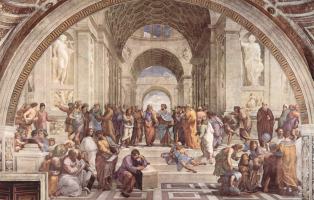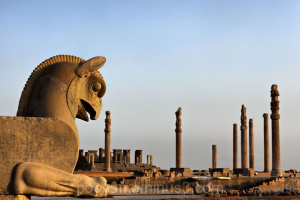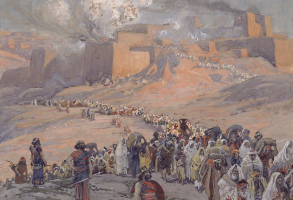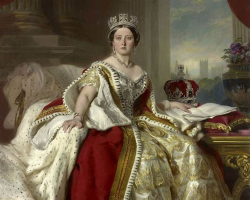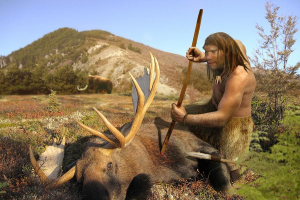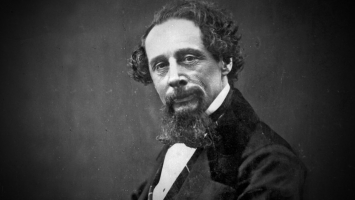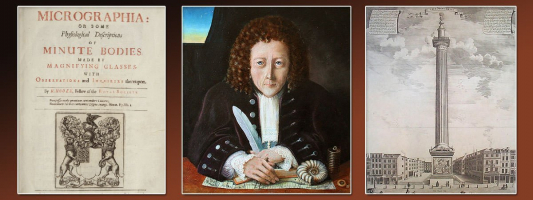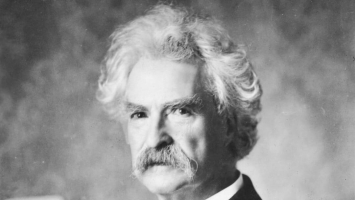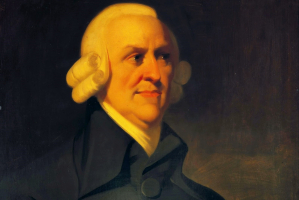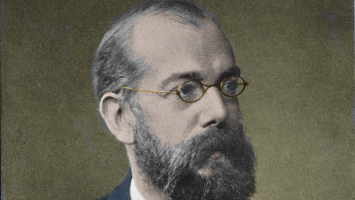Top 10 Fascinating Facts About Druids
When a typical individual is asked to picture a Druid nowadays, they most often visualize a scary, hooded figure that belongs in a cult. What treacherous plans ... read more...did they execute for the Celtic peoples that had settled from Ireland to France, then? What horrible rites did they do to invoke dark aid or for routine? In fact, how true is that black magic mental image in general? Let's investigate the dark corners of history to find out...
-
The Druids continued to plan their attacks on the Romans even after England and Wales had practically been subjugated to them. The Welsh island of Mona (now Anglesey), which served as both a sacred place for the Druids and a possible gathering place where raids were plotted, was taken by Suetonius Paulinus' forces in 57 AD. The Druids gathered their forces for a last-ditch defense because they were powerless to stop their advance.
The Druid forces were able to intimidate their adversaries, according to the Roman historian Tacitus, by having their priests execute rituals that left altars bloodied and by having priestesses prowl the rebel army while wielding firebrands. Massacring the Druids in a merciless manner without regard to their standing as warriors versus civilians, gender, or age, the Romans put an end to this terror.
Even the island's sacred oak forests were destroyed, and a castle was erected to ensure that the island would never serve as a Druid stronghold for the restoration of power. Even while it was brutal, it was effective since Druids were destroyed for ages.
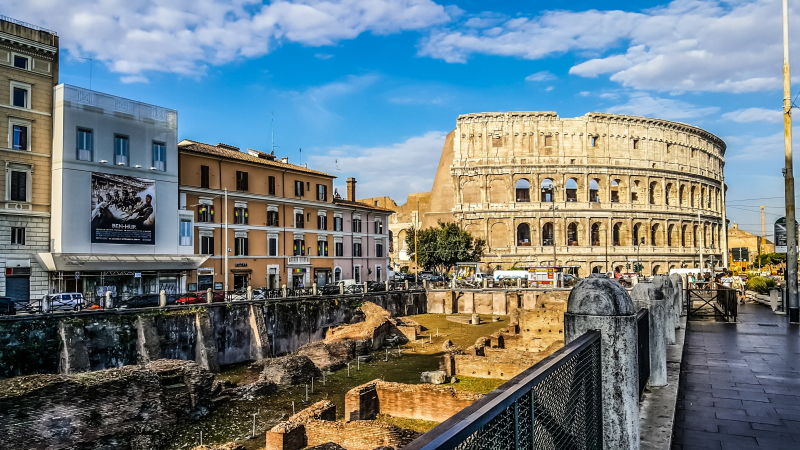
Image by Pixabay via pexels.com 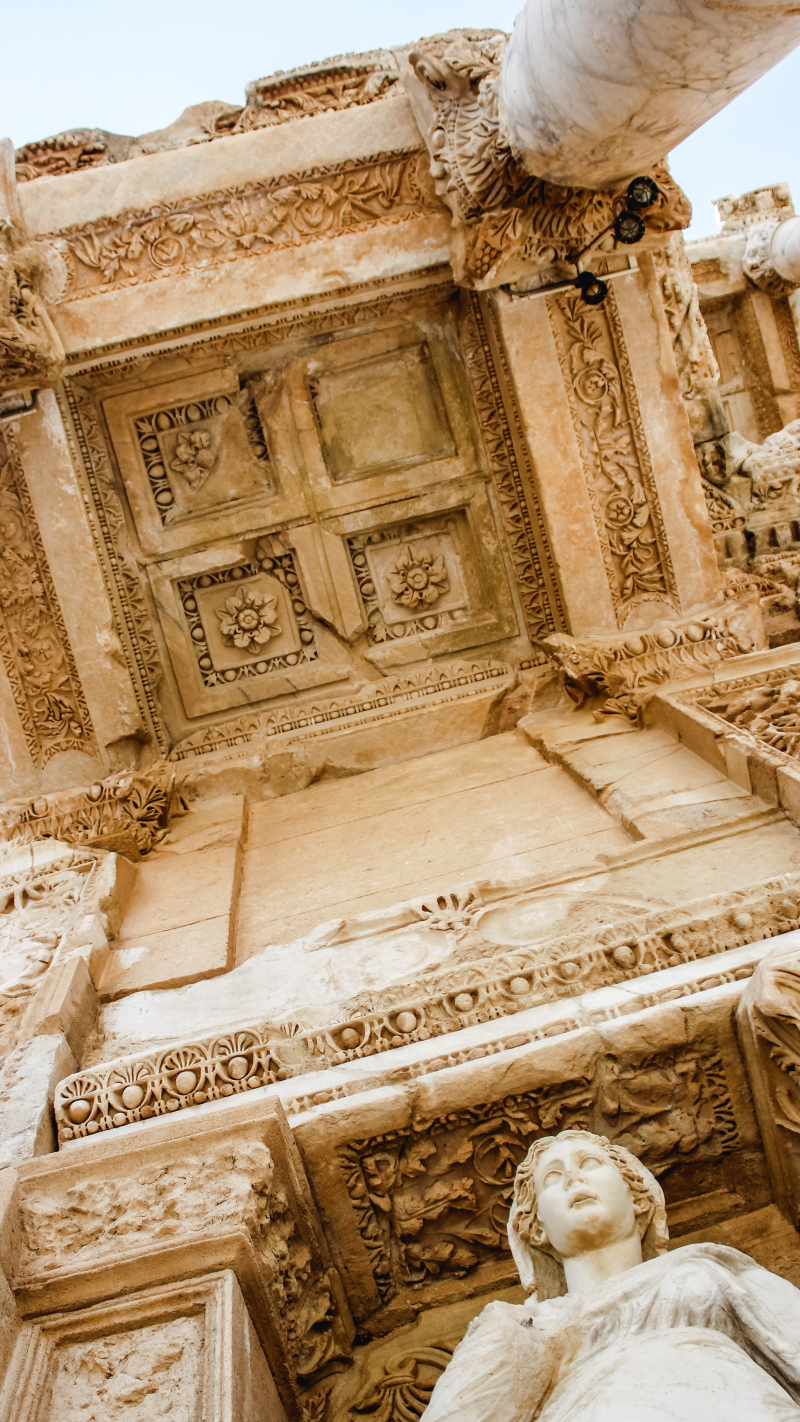
Image by YEŞ via pexels.com -
Although druidry isn't about to overtake other orders as the main one, all things considered, it has shown incredible durability. 33,000 people who identified as Druids were found in a sample of 200 million responses conducted in 2001 by the American Religious Identification Survey. There were 10,000 practicing Druids, according to research published in 2010 to coincide with Druidry's official recognition as a religion, and that number was rising along with environmental awareness. There are around 3,000 members of the Ancient Order of Druids among them.
It should come as no surprise that these orders engage in a variety of activities. Some of them, like the Ancient Order of Druids and Reformed Druids of North America, have evolved into nonprofit groups with missions to advance environmental awareness, community art initiatives, and mindfulness.
Others, like the Welsh order known as the Rainbow People, have avoided speaking to the media entirely because Druidry is still a fringe belief, which makes them a target for abuse. None of the orders have made any efforts to bring back human sacrifice at this point. The reader will have to judge whether or not that is a letdown.
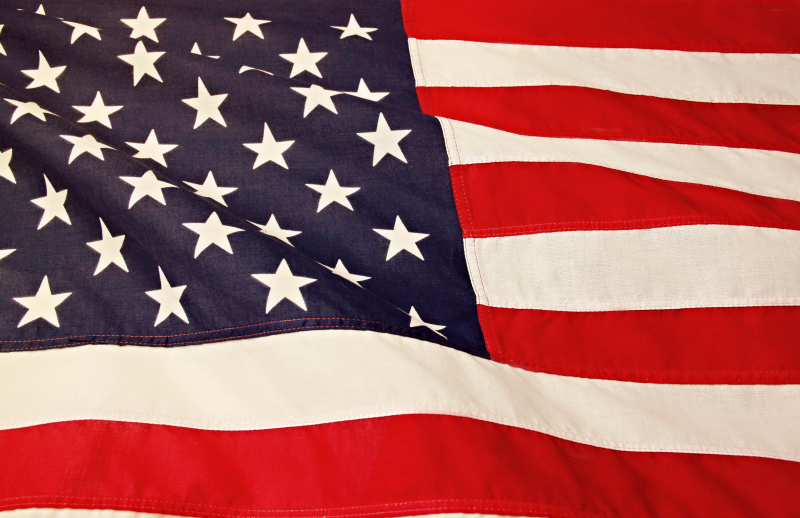
Image by Sharefaith via pexels.com 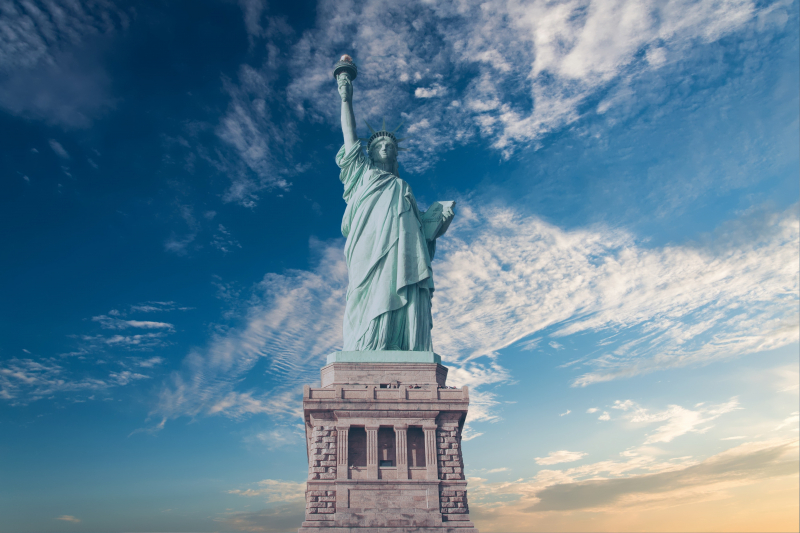
Image by Pixabay via pexels.com -
You'd assume that since Druids have so little cultural tradition in America, it wouldn't ever become popular here. But in the 1830s, when the Ancient Order of Druids established a lodge in New York City, they were largely received favorably. 17,000 Americans were members of Druid orders by 1839. Not bad for something that was primarily imported to the US in opposition to recognized fraternal organizations like the Freemasons.
The largest American Druid organization, the Ancient Order of Druids in America, was established in 1912, thus it wasn't just a passing trend. There were 35,000 American Druids by 1923. Even in 1963, new, influential major organizations like the Reformed Druids of North America were still being established. Even these new groupings sometimes have an absurd level of secrecy surrounding them. For instance, the Reformed Druids of North America openly acknowledge on their own website that they have little to no knowledge of the meaning or importance of their symbol beyond the fact that it was created in 1964.

Image by Pixabay via pexels.com 
Image by Nout Gons via pexels.com -
Benedict Anderson, a historian, referred to the late Eighteenth Century as the "beginning of the age of nationalism" in Western Europe. This sparked a renaissance of interest in British mythology and history, including tales of King Arthur and Druids. Thousands of people flocked to organizations that billed themselves as the revival of druidism as a result. More than 200,000 people belonged to 193 orders by 1831, which was particularly amazing given that the government suppressed Druid orders in the very early 19th Century due to hysteria sparked by the French Revolution.
The Ancient Order of Druids, an ironic moniker for a society that was openly acknowledged to have been created in 1781, was by far the most significant of these organizations. The founding member of the group, who went by the moniker Hurle, is less well known. Notwithstanding a rupture that occurred in 1833, when a large portion of the group split off to found the United Ancient Order of Druids, a government-registered branch, this fraternal order is still in existence today. Winston Churchill was by far the most renowned member of the order that is known today.

Image by Pixabay via pexels.com 
Image by H. Emre via pexels.com -
While we've portrayed all the Celtic peoples with Druids in them as a single entity for the purposes of this list, they were quite capable of being cruelly toward one another. For instance, Druids of the Trinovantes people, who lived where Essex and Suffolk are today, provided significant assistance to Caesar's soldiers during their invasion of Gaul. Their main type of assistance was giving the Romans geographic data, which was crucial for an ancient army in a strange land.
As it turned out, the Trinovantes had a legitimate motive for supporting the Romans over their own race: members of their red-headed tribe were frequently chosen to participate in the sacrifices as "volunteers." Caesar gave the Druids what they desired when he ordered a halt to human sacrifices, despite the fact that he never personally interacted with any of the Druids. Alternatively, as we shall see, he provided them with their immediate desires.
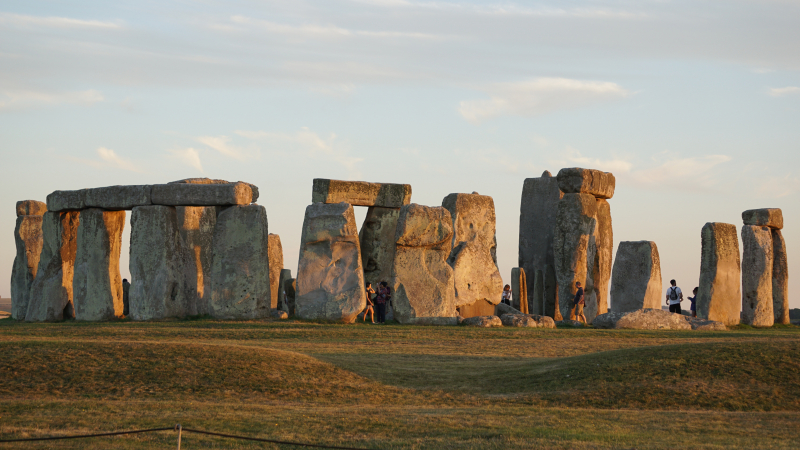
Image by Bernd Feurich via pexels.com 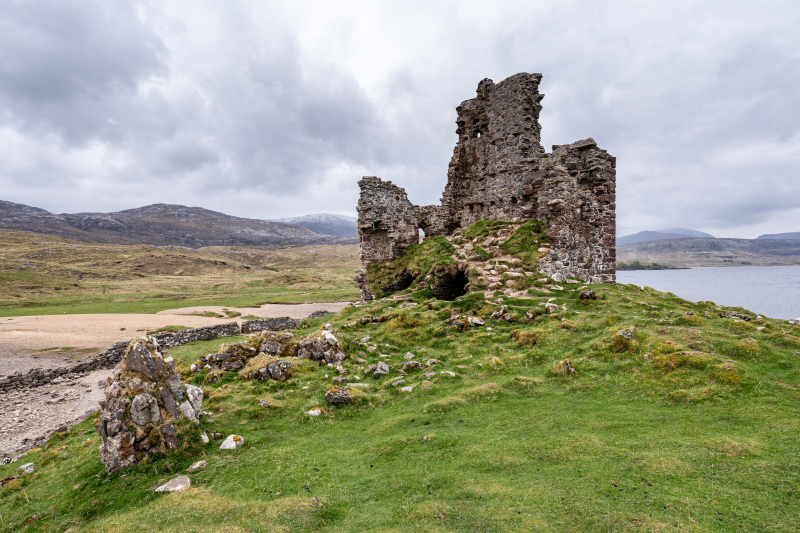
Image by Robert Pügner via pexels.com -
If there is one bit of data that many people know about the Druids simply because of popular culture, it is that legend has it that they would burn enormous human statues as living sacrifices to satisfy higher forces, as depicted in the 1973 and 2006 horror movies both titled The Wicker Man. This knowledge was not particularly well recognized before 1973. There are two strong pieces of literary testimony, but there is no known archaeological evidence.
Caesar actually claimed that it was a practice in Gaul, despite the fact that the original film's Summer isle, off the coast of the Britain, setting. He further mentioned that convicts with the gods' blessing would typically be offered as sacrifices. Strabo, a Greek geographer and historian who lived during Caesar's time and is most remembered for penning the most in-depth biography of Augustus Caesar at the time, served as the other witness.
He did not agree with Caesar's assertion that criminals were preferred over other human sacrifices, and his allegation was different from Caesar's in that it claimed that animals would also be included in the sacrificial statues. It makes sense why Roman emperors would want that ritual outlawed, accurate or propaganda.
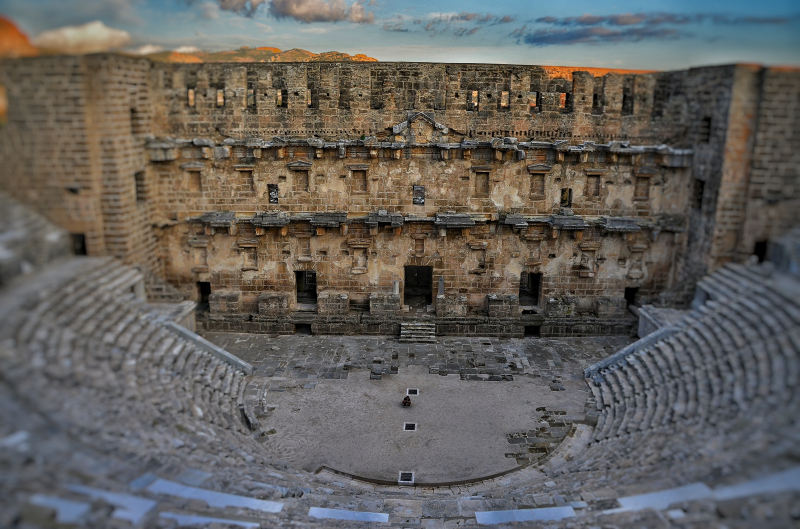
Image by ugur uğur via pexels.com 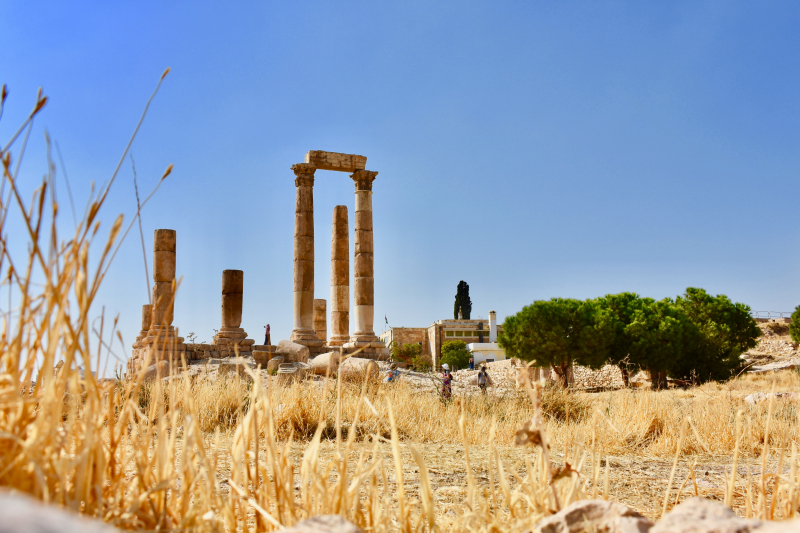
Image by Edneil Jocusol via pexels.com -
Even though they had to rely on oral tradition, druid ritual procedures were well-defined. There is always a particular act to signal the beginning (often a bell ringing or hand clapping), an act to consecrate the place, an act to identify the fellow participants, an act to make offerings, an act to thank the higher power, and then there is an act to close. The Lindow Man, an exhumed mummified body from a bog in Cheshire, England, was identified in 2009 by National Geographic as proof that the man was a Druidic noble sacrifice because his body displayed signs of ritual preparation despite having well-groomed fingernails and hair.
There were many of reasons to hold a ceremony, although not all of them involved offering human sacrifices. The Wheel of the Year was a set of eight annual celebrations observed by Druids. The most well-known of these is Yule, which served as their forerunner to Christmas and New Year and gave rise to the yule log tradition as well as codifying mistletoe as a component of the custom (though Druids believed it was a symbol of life instead of something to kiss under.) The Irish custom of making people walk outside and sit on earthen mounds in order to be reborn the following day was rather different.

Image by Dominika Gregušová via pexels.com 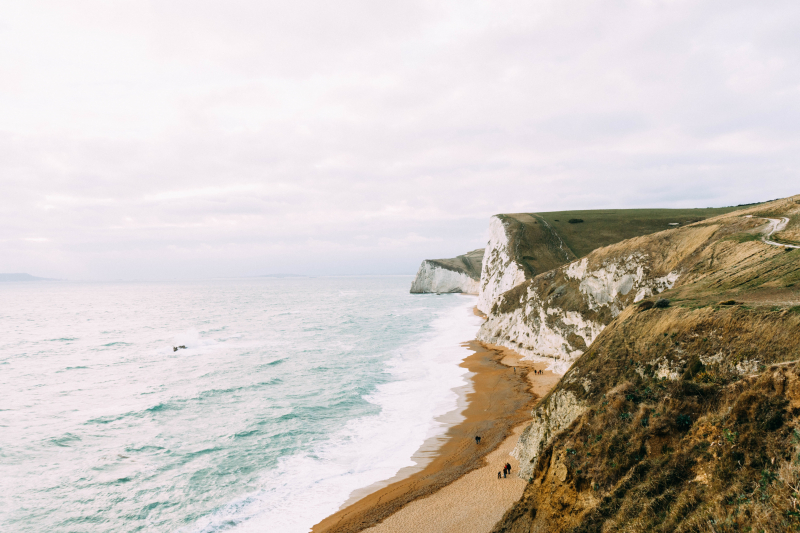
Image by Martin Péchy via pexels.com -
The usage of letters from a completely distant society is one of the strangest characteristics of Druidic society. Although the druids relied mainly on oral tradition, according to Julius Caesar's Gallic Wars, when they had to write, the letters they used were Greek. A man named Patholon is credited with bringing the Greek language, as well as his wife, three sons, and their three wives. However, given that he is also said to have brought three druids whose names are Cognition, Enquiry, and Knowledge respectively, it is safe to assume that he was a totally mythological entity and that the language was truly delivered by unidentified settlers.
The language barrier prevented the average person from being able to read it, according to Caesar, who said that the thought was comparable to that of the Catholic Church prior to Martin Luther. Furthermore, druids thought that having to rely more on spoken communication required greater cerebral activity, which preserved their memories. Ironically, we only know that because their conquerors recorded it in a written report.
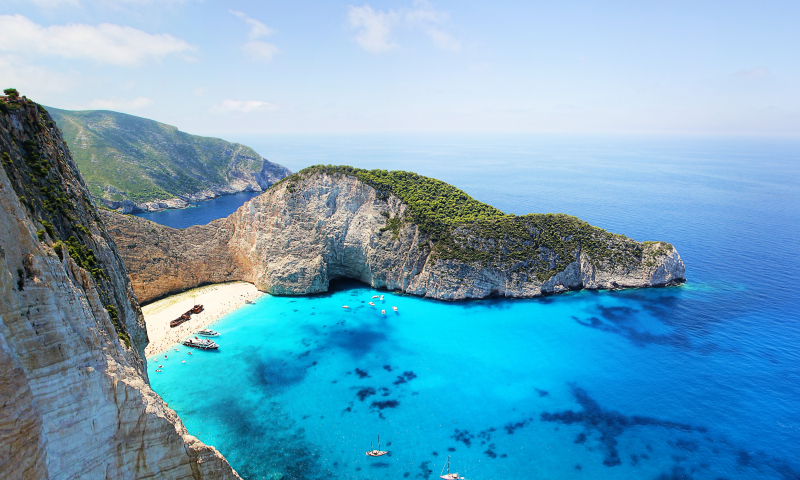
Image by Pixabay via pexels.com 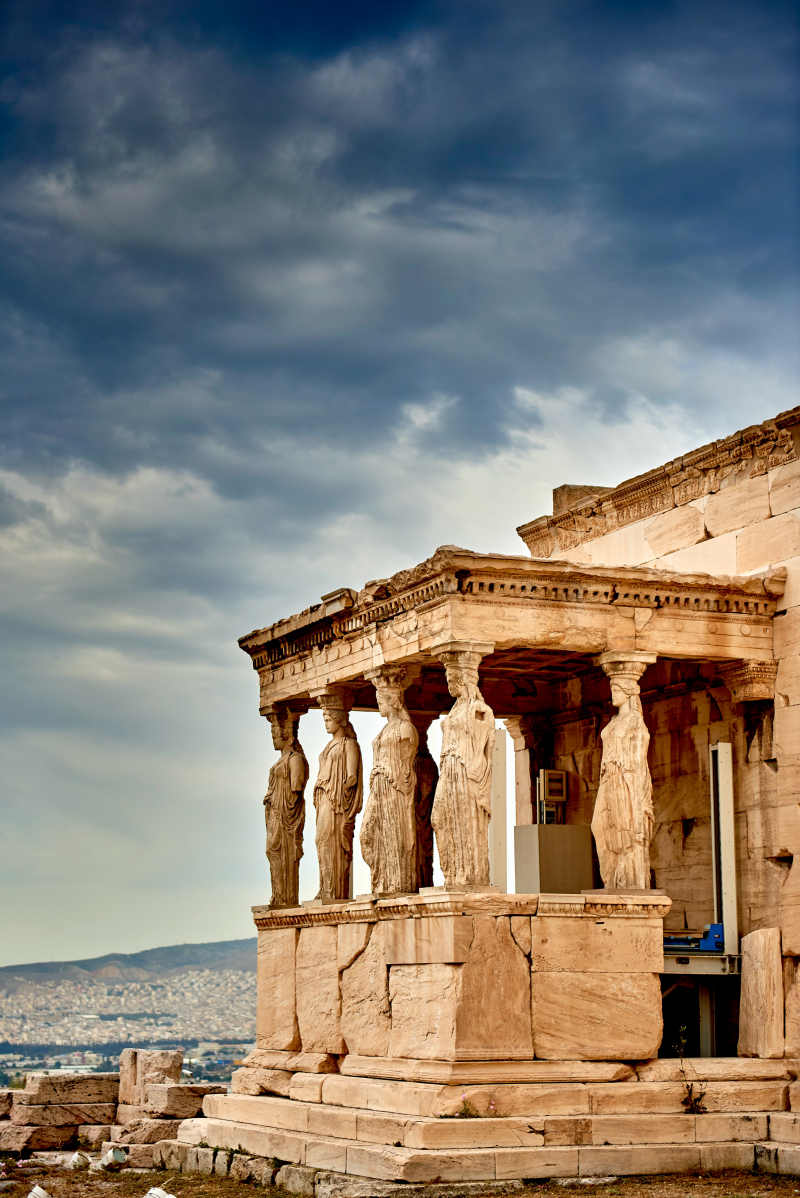
Image by Josiah Lewis via pexels.com -
It is conceivable that the Druids did not identify as such. Diogenes Laertius, who lived around a century after the Romans effectively destroyed the Druids as an even loosely organized army, first uses the term "druid" in his historical writings in 300 AD. The next recorded instance of the word was in the poem To Mary and her Son by the poet Blathmac from 750 AD, when he was only asserting that Jesus Christ was smarter than any Druid. There was also a significant hiatus in the word's recorded usage.
It appears that the Irish-Gaelic term "doire," which meaning oak tree, is where the word "druid" got its origin. It's a fairly pedantic claim when people say it comes from the Greek word "driis," which also means oak tree. Their ceremonies were performed in oak woods because oak trees were thought to be wise due of their longevity. They also thought that eating acorns may give them future visions. Ancient Slavs and several Native American tribes both held reverence for oak trees.

Image by Felix Mittermeier via pexels.com 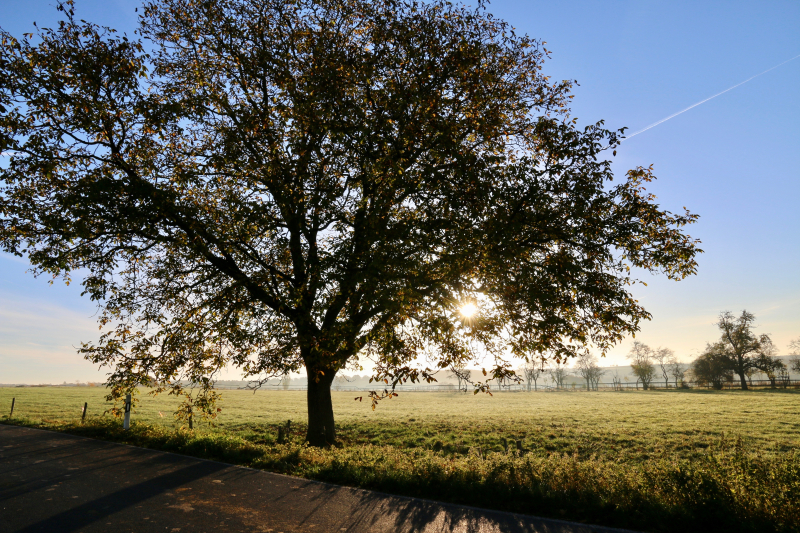
Image by Serge Baeyens via pexels.com -
Although though we often connect druids with secrecy and dark rituals, they spent decades as leaders for the Celts on both sides of the English Channel, not only priests, tribal chiefs, or anything so basic. They possessed judges, all offices relating to law enforcement, and administrative jobs such as astronomers for farming.
According to a druid's specific responsibilities, there were different colored robes, such as white for priests and blue for artisans. The Romans, who had effectively divided religion and the legal system by 451 BC, decades before their legions stepped foot in druid land, were particularly offended by the idea of priests executing the law.
Because Rome's emperors had it out for them specifically, Druids were forced to live underground. When Augustus Caesar's reign began in 27 BC, it appears that prohibiting Roman citizens from participating in their rites was one of his primary concerns.
A law prohibiting their execution was passed by the senate at the request of Emperor Tiberius. The Druids were completely outlawed by Emperor Claudius in 54 AD, ultimately forcing them out of all positions of authority. It must be acknowledged that the emperors had a point given that parts of those ceremonies will be incorporated in what we'll witness.
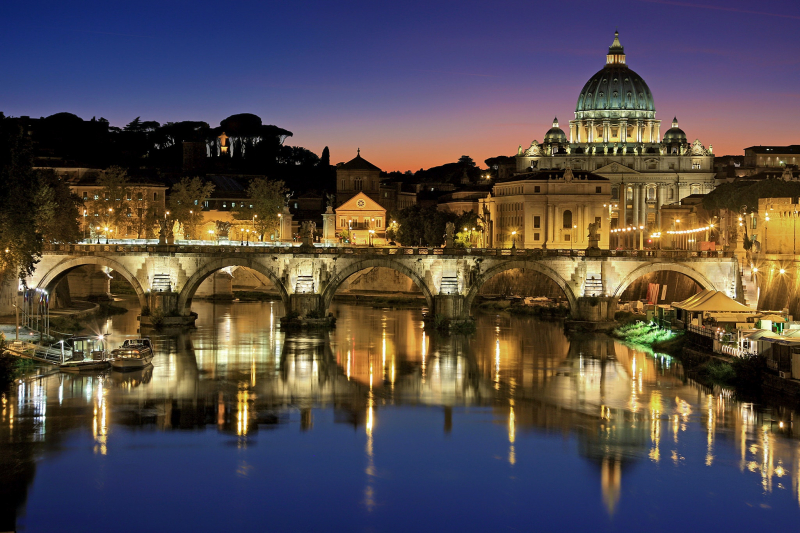
Image by Julius Silver via pexels.com 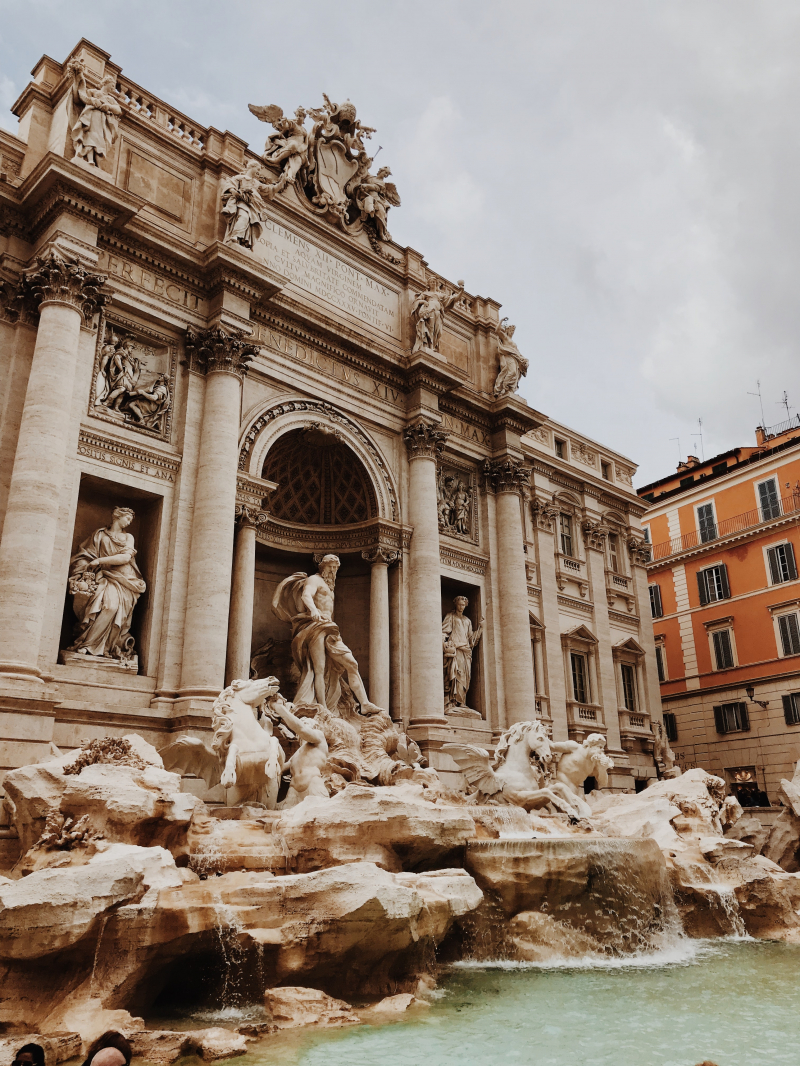
Image by Mark Neal via pexels.com












